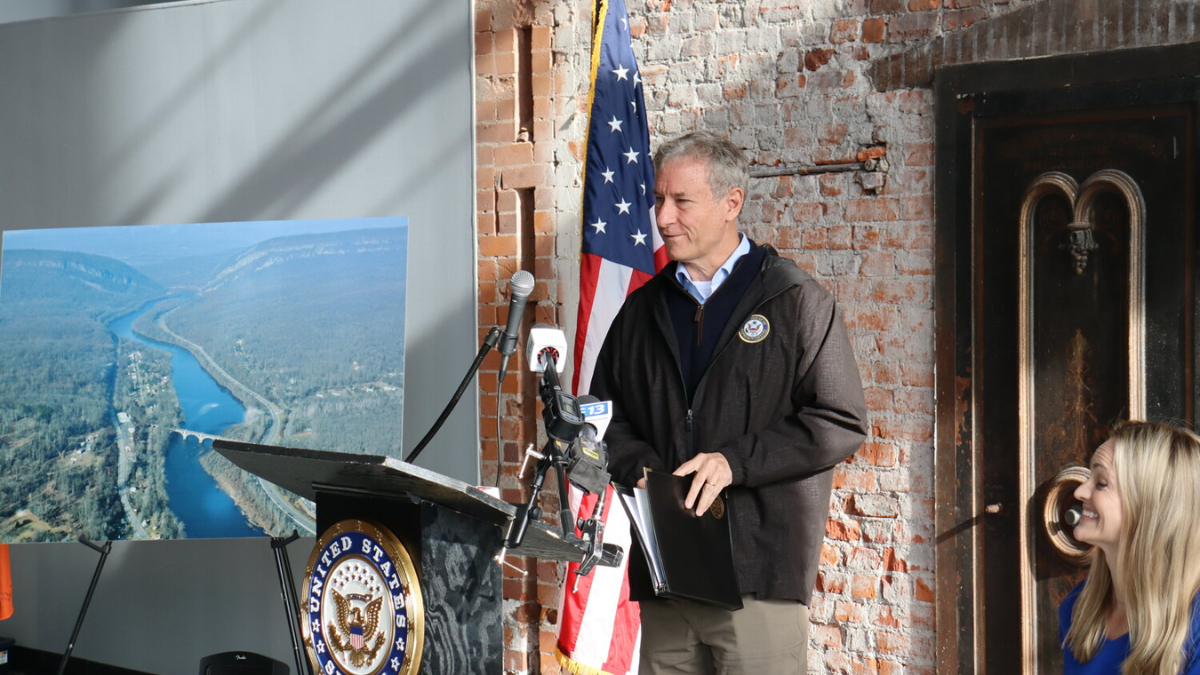The long-anticipated Scranton-to-New York City rail project is gaining significant traction, buoyed by transformative plans and robust federal support. This ambitious initiative aims to connect Northeastern Pennsylvania with the economic hub of New York City, promising substantial economic and environmental benefits.
Project Overview
The proposed rail line will span approximately 136 miles, linking Scranton and other key points in Pennsylvania to Midtown Manhattan. The route is expected to utilize existing rail corridors, minimizing construction costs while maximizing efficiency. Key stops along the route may include Pocono towns, offering increased accessibility for commuters and tourists alike.
Federal Backing
A cornerstone of the project’s recent progress is the substantial federal funding allocated through the Bipartisan Infrastructure Law. This legislation has earmarked billions of dollars for rail infrastructure, making the Scranton-NYC line a priority. Senator Bob Casey and Representative Matt Cartwright have been vocal proponents, emphasizing the project’s potential to revitalize the region’s economy.
“This rail line represents a transformative opportunity for Northeastern Pennsylvania,” said Senator Casey. “It will create jobs, reduce traffic congestion, and provide a sustainable transportation alternative.”
Economic and Environmental Benefits
Advocates highlight the rail project’s multifaceted advantages. Economically, it is expected to attract new businesses, boost tourism, and increase property values along the route. Environmentally, the shift from car to rail travel will reduce greenhouse gas emissions, aligning with broader sustainability goals.
“Connecting Scranton to New York City will open doors for economic development while helping combat climate change,” noted a representative from Amtrak, which is actively involved in the project’s planning.
Challenges and Next Steps
Despite the momentum, challenges remain. Securing additional funding, finalizing the route, and addressing potential environmental concerns will be critical for the project’s success. Community engagement will also play a pivotal role, ensuring local needs and perspectives are incorporated.
The project’s next phase includes detailed feasibility studies and public consultations, expected to begin within the next year. If all goes as planned, construction could commence as early as 2026, with service potentially starting by 2030.
Conclusion
The Scranton-to-NYC rail project is poised to become a game-changer for Northeastern Pennsylvania. With federal backing, transformative planning, and widespread public support, the initiative represents a bold step toward economic growth and environmental sustainability. As the project unfolds, it will undoubtedly shape the region’s future in profound ways.
For more detailed information on this transformative rail project, visit Amtrak’s official site.
Disclaimer – Our team has carefully fact-checked this article to make sure it’s accurate and free from any misinformation. We’re dedicated to keeping our content honest and reliable for our readers.








